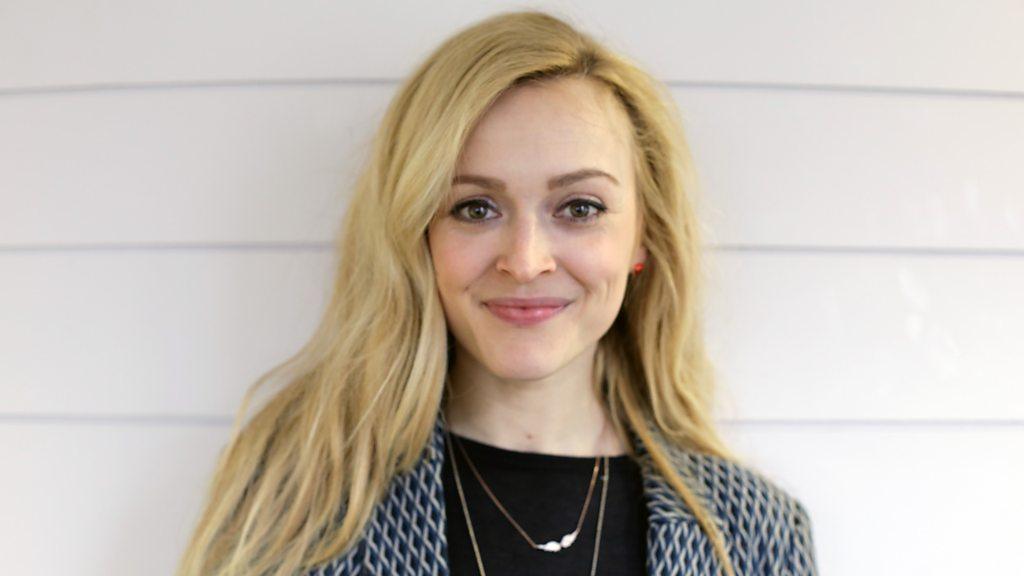How an agoraphobic travels the world
- Published
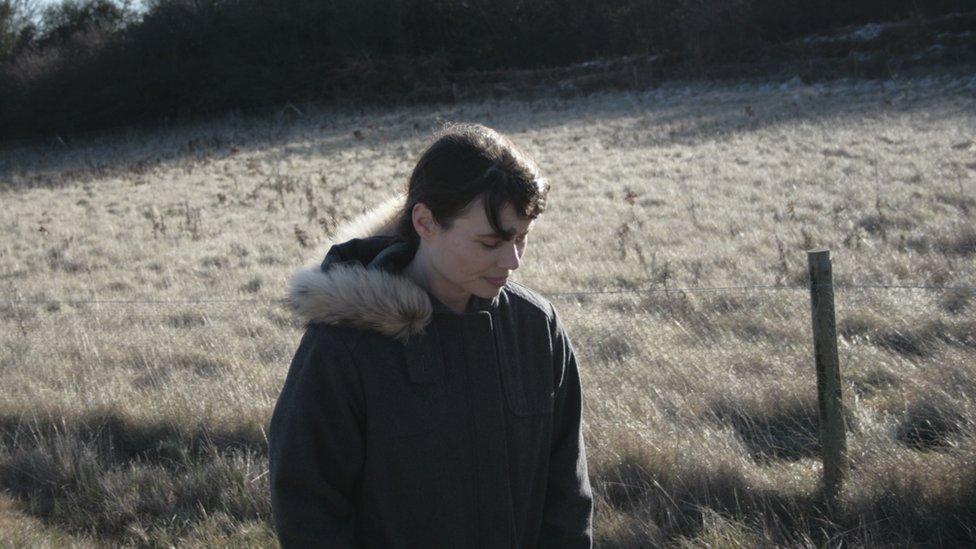
Jacqui Kenny's agoraphobia means a trip to the supermarket can trigger an anxiety attack and fears of impending "catastrophe". But she says her Instagram account is helping her and sufferers like her to explore remote corners of the world.
Jacqui, 43, takes shots from Google Street View - among them a group of nuns in Peru and high-rise flats in Russia - posting images to her 20,000 followers under the pseudonym "Agoraphobic Traveller".
Since her 20s she has feared busy places and public transport - despite living in central London - but says the digital age has helped her travel to places she would otherwise never see.
"I'll go anywhere that feels a little bit magical," she says. "They are places that would be incredibly difficult for me to travel to, so inevitably I'm attracted to them."
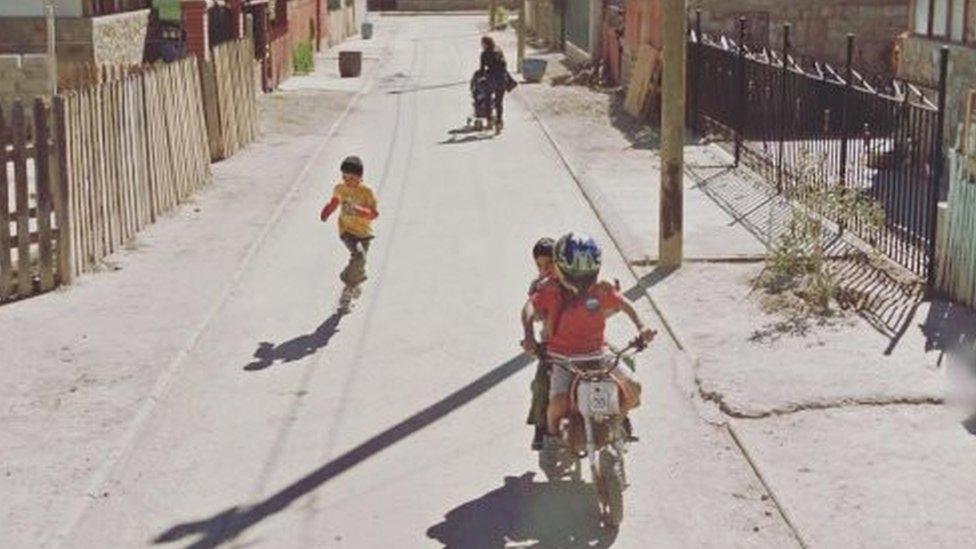
Children playing near the Atacama Desert in Chile
Jacqui, who was diagnosed with agoraphobia in 2009, chooses remote, eerie places to capture and says she likes anywhere with an "other-worldly feel".
"There's a lot of isolation in the shots but there is also colour and hope in there," she says. "The photos I take reflect how I feel and my agoraphobia is part of that."
But her "thrill" at discovering faraway places contrasts with her fear of everyday situations.
She describes going to the local supermarket as "a nightmare" and says she has not taken a Tube train in 10 years.
"I'll start to panic - my palms are sweaty, I have a racing heart, I feel that my feet aren't touching the floor," she says.
"Thoughts are racing through my mind - that I'm going to lose control, smash everything in the aisle - and everyone will see."
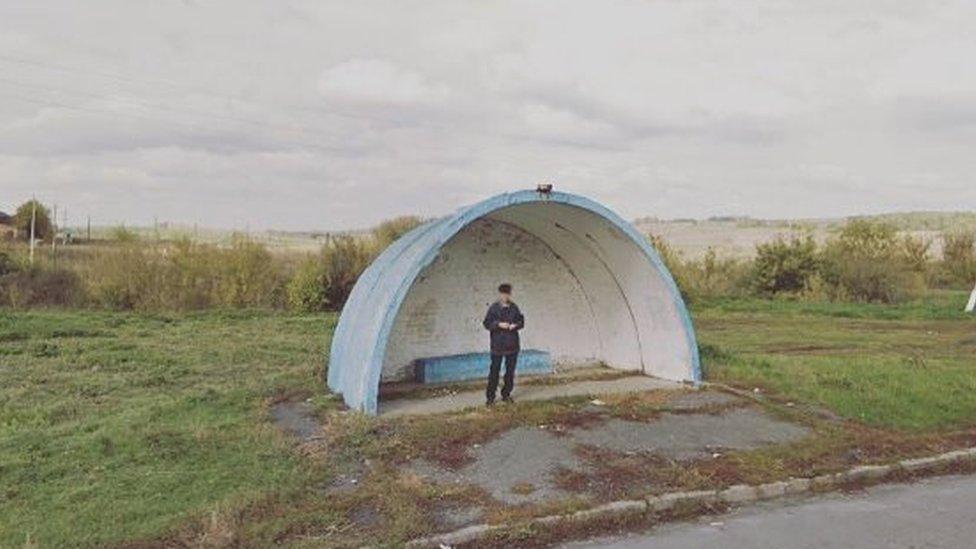
A remote bus stop in Belgorod Oblast in Russia
Jacqui was 23 and living in Australia when she had her first panic attack during a busy day at work.
"No one told me what it was and I thought I was dying," she says. "Later, a doctor said it must've been something I'd had for dinner.
"He blamed it on the black bean sauce - no one was talking about mental health."
Hidden illness
Before starting the project, external in 2016, Jacqui managed to hide her symptoms from everyone except her family.
At work, she ran a digital marketing company but only went to meetings in the office which was two minutes' walk from her house.
She says finding and posting the images has helped her come to terms with being agoraphobic, which she had felt angry about for a long time.
"Before my anxiety set in I dreamed of being a photographer," says Jacqui. "I'd resigned myself to this never happening."
"Now I feel that the condition doesn't define me but is within a part of me," she says.
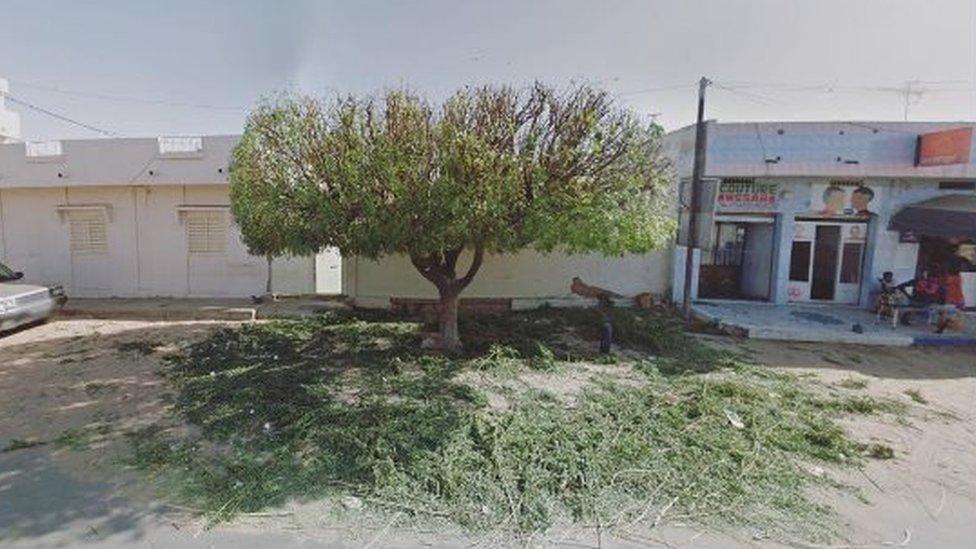
Fallen branches from a tree in Senegal, Western Africa
But does spending hours online posting photos really help her condition?
Jacqui admits she "thought it could be an unhealthy thing to do" to trawl the internet for hours at a time.
But she says it has given her the confidence to speak about the condition and come to terms with it.
"It's only when I started posting these photos I went beyond telling my family and really close friends," she says.
"Before, nobody knew," she says. "Now people from all over the world are coming to me sharing similar struggles - it's amazing."

High-rise flats in Russia
She says many people misunderstand agoraphobia as a fear of open spaces, but she has discovered how varied people's anxiety can be.
She has been contacted by an agoraphobic journalist who struggles in a busy newsroom and photographers who may fear travelling to a photo shoot.
"Quite a few young women have asked me for advice," she says. "I tell them about my experience, but I can only offer my viewpoint as I'm obviously not a psychologist."
She adds: "Everybody's dealing with something and I'm really starting to realise that."
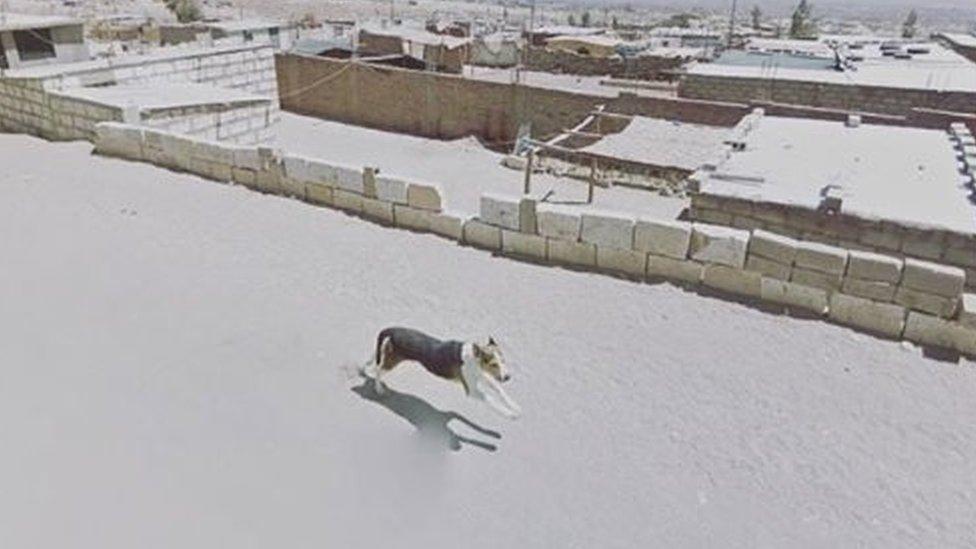
A street dog chases the Google car Arequipa, Peru
Jacqui now manages her anxiety with cognitive behavioural therapy (CBT), which aims to change patterns of thinking - recently attending her sister's wedding in New Zealand.
"I had therapy which involved a lot of anxiety and not sleeping for three months," she says.
But she managed the flight after seeing a psychologist, who made her act out her worst fears. "I pretended to bang down the door of the plane, trying to get out of there," she says.
"I realised how funny the situation was, and we both fell around laughing, and when I actually boarded the plane that humour helped me through it."
It was not easy - but she says the trip has given her hope.
"I try to do these things," she says. "There are times when I can't do it and I go home - but I know that is making it worse."

What is agoraphobia?
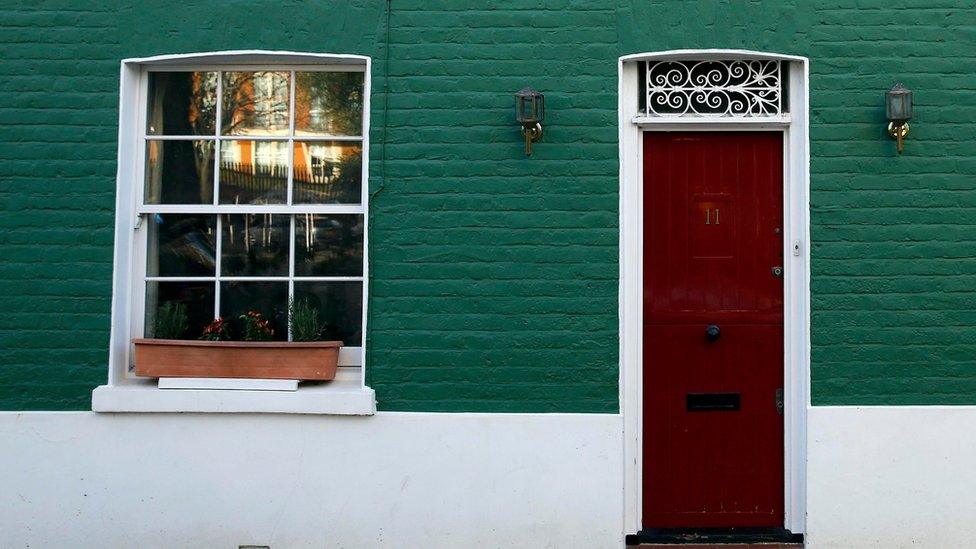
Agoraphobics may fear being left alone, in a situation where they feel trapped, or travelling away from a "safe" place
The condition usually starts between the ages of 18 and 35 and is twice as common in women as men
Many agoraphobics fear having a panic attack others might see, or suffer an anxiety attack
They may get anxious when waiting in long lines, being in crowded places, or in wide-open spaces
People can seek advice from NHS Choices, external. their GP or the charity Anxiety UK, external

- Published30 August 2016
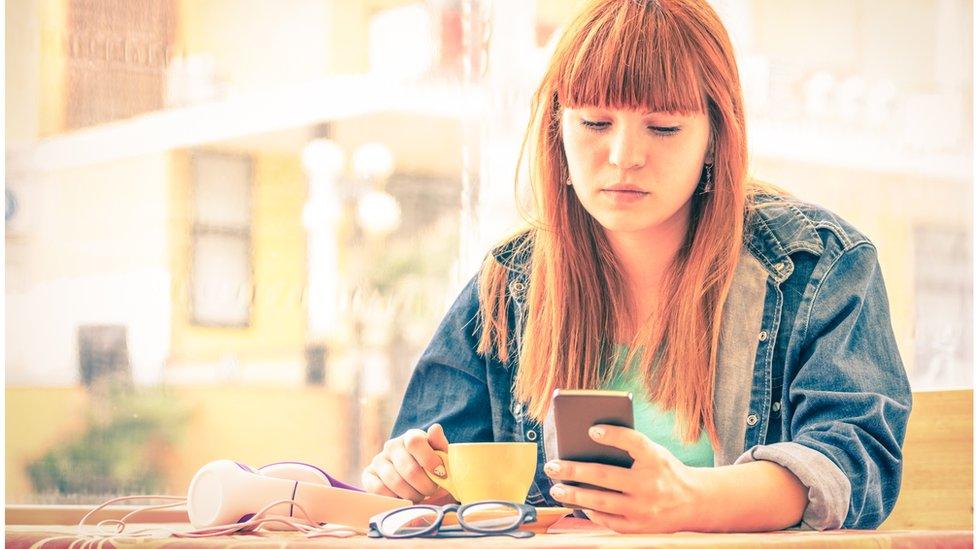
- Published18 February 2016
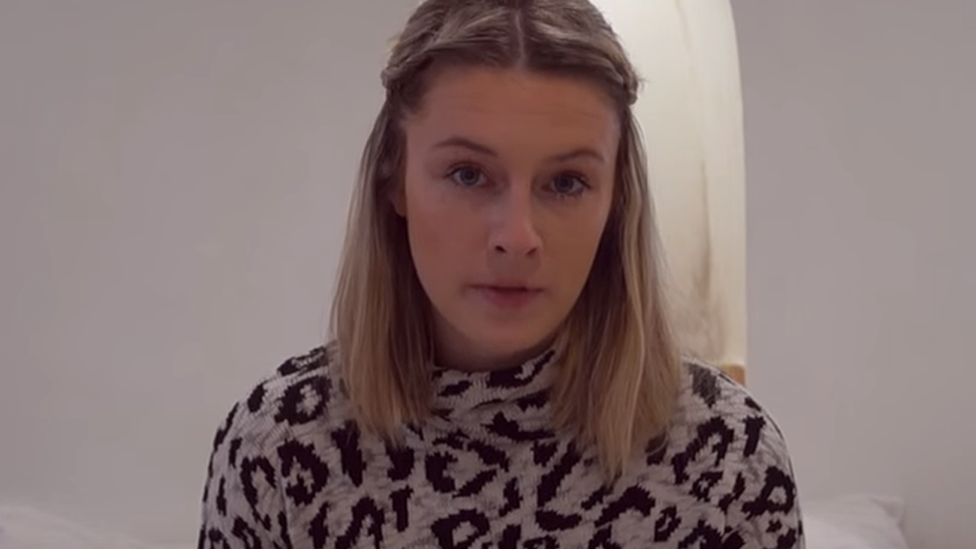
- Published6 February 2017

- Published21 February 2017
